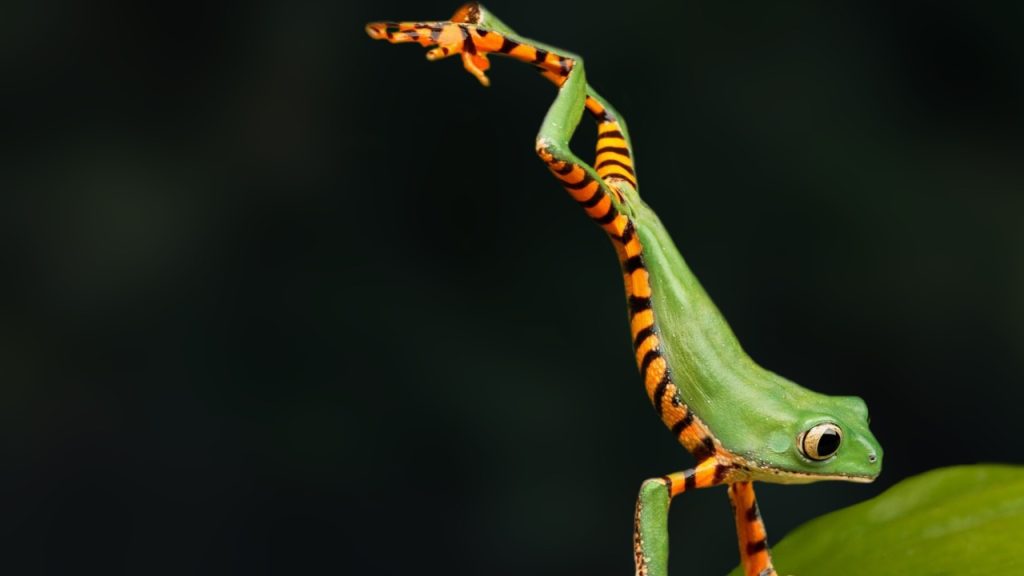Our planet is home to an incredible variety of fascinating creatures, and, as someone who is endlessly fascinated by nature, it was super hard to pick just 18 of them. What makes one animal more interesting than another? Their appearance? Their abilities? Their biology? Their problem-solving skills? How similar or how different they are from humans? Here are, in my opinion, some of the most interesting animals.
Platypus
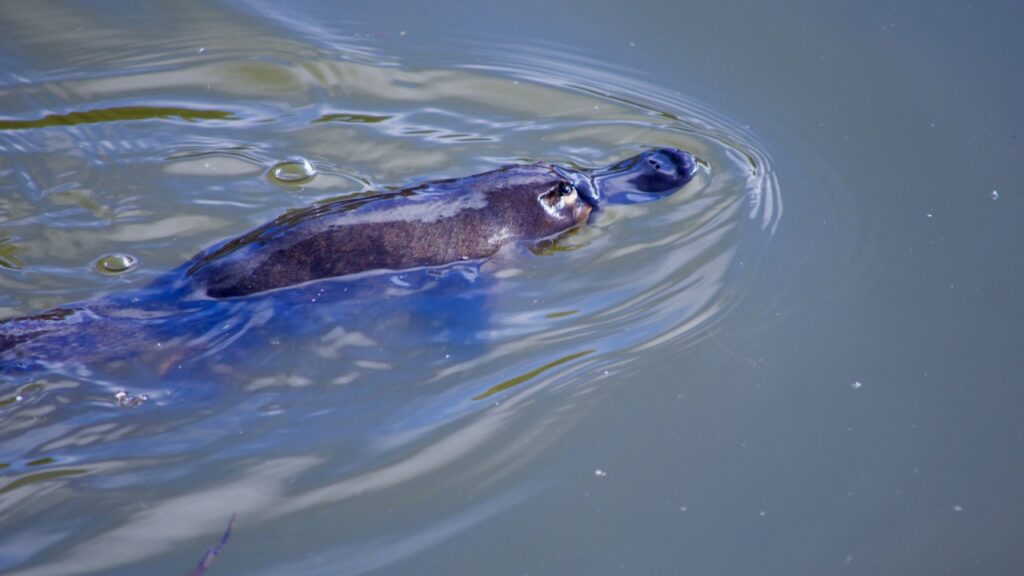
The platypus is a bizarre mammal that seems like a mix of several different animals. It has a duck-like bill, webbed feet, and a beaver-like tail, but it lays eggs like a reptile. Platypuses are one of the few venomous mammals, with males having a venomous spur on their hind legs. They use electroreception to hunt underwater, detecting the electrical impulses of their prey.
Axolotl
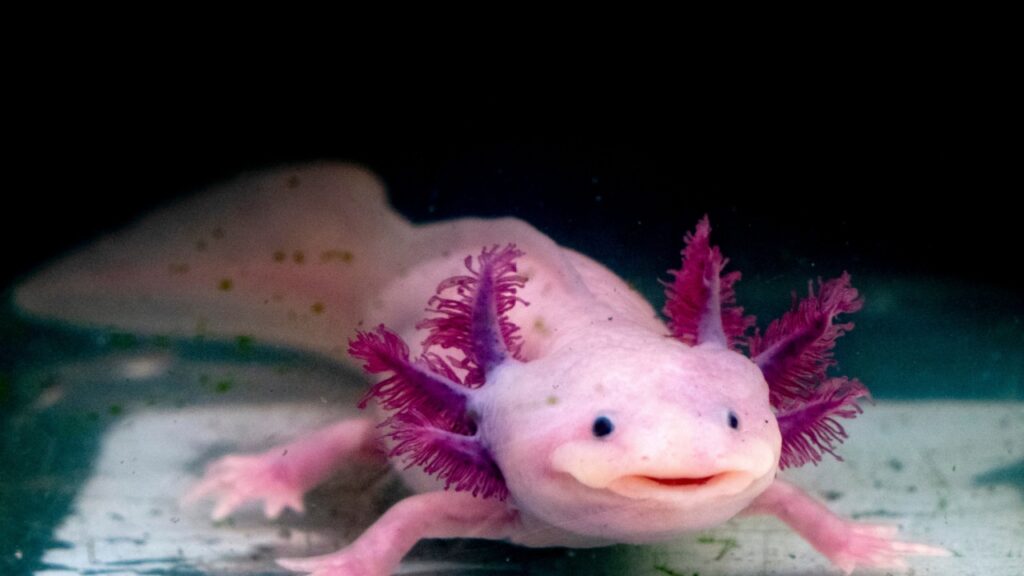
The axolotl, also known as the Mexican walking fish, is a salamander with incredible regenerative abilities. It can regrow lost limbs, organs, and even parts of its brain. Axolotls remain in their larval form throughout their lives, a trait called neoteny. Their unique features and regenerative capabilities make them valuable in scientific research.
Tardigrade
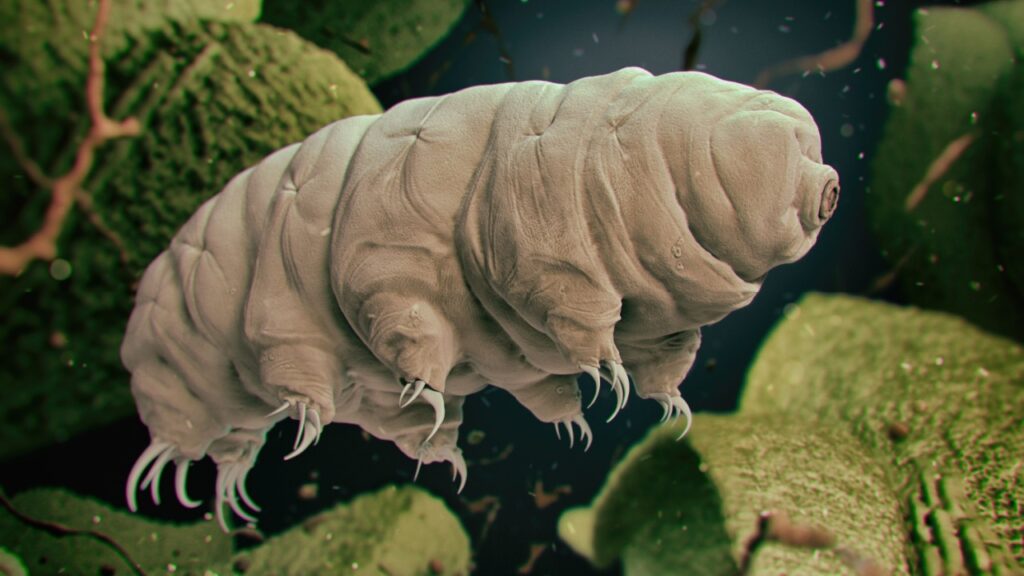
Tardigrades, also called water bears, are microscopic animals known for their incredible resilience. They can survive extreme conditions, including high temperatures, radiation, and even the vacuum of space. Tardigrades can enter a state of cryptobiosis, essentially shutting down their metabolism to survive harsh environments for years.
Octopus
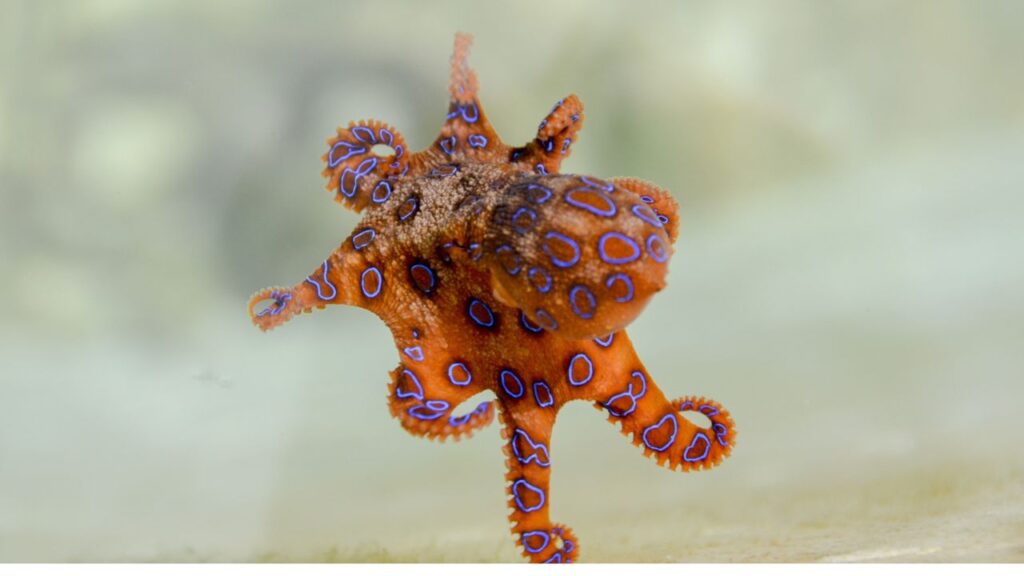
Octopuses are among the most intelligent invertebrates, known for their problem-solving skills and ability to use tools. They have three hearts, blue blood, and can change color and texture to blend in with their surroundings. Octopuses can squeeze through tiny spaces due to their lack of a rigid skeleton.
Leafcutter Ant
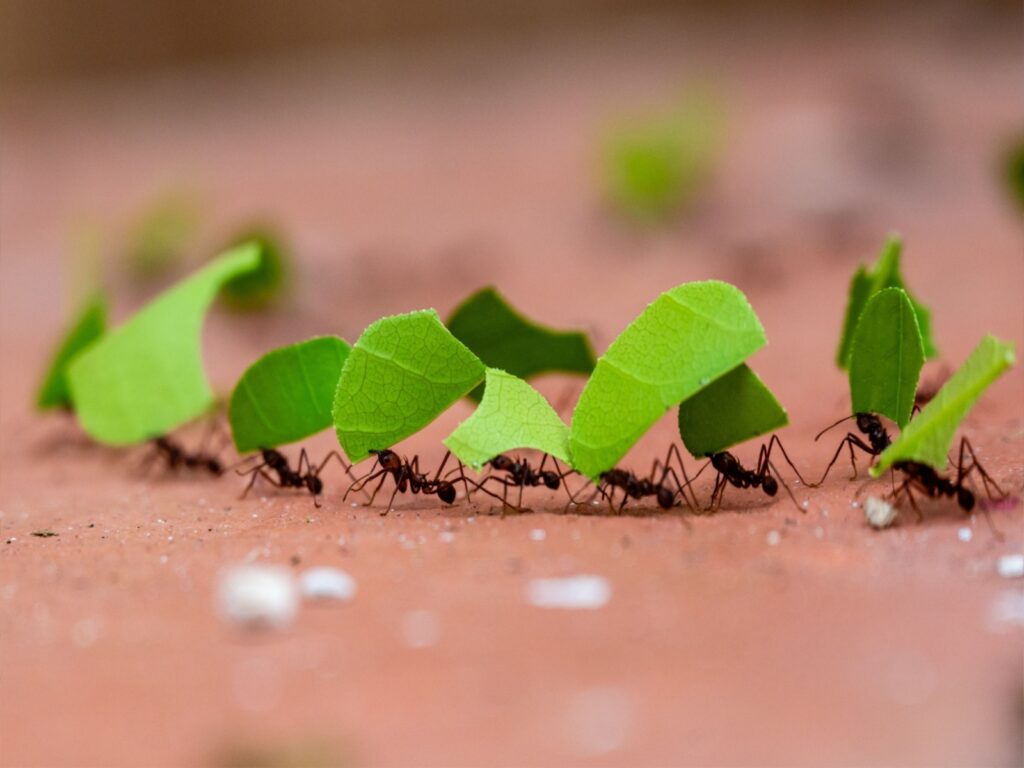
Leafcutter ants are remarkable for their complex social structure and agricultural practices. They cultivate fungus gardens underground, using leaves they cut and carry from the surface. These ants form some of the largest and most complex animal societies on Earth, with colonies that can contain millions of individuals.
Naked Mole Rat
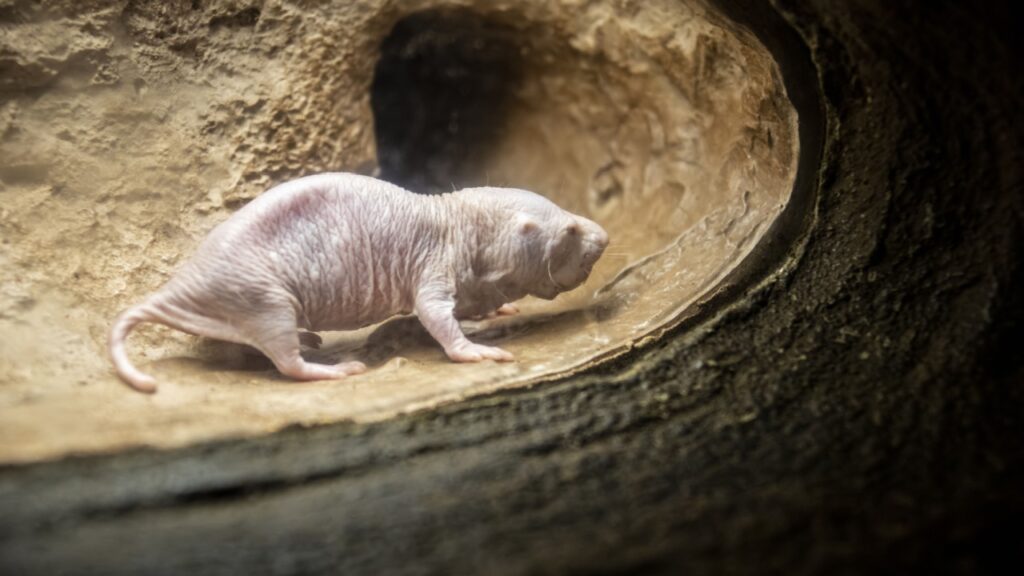
Naked mole rats are hairless, nearly blind rodents with fascinating adaptations. They’re resistant to cancer, can survive with very little oxygen, and feel no pain from acid or capsaicin. Naked mole rats live in eusocial colonies like bees or ants, with a queen and workers.
Mantis Shrimp
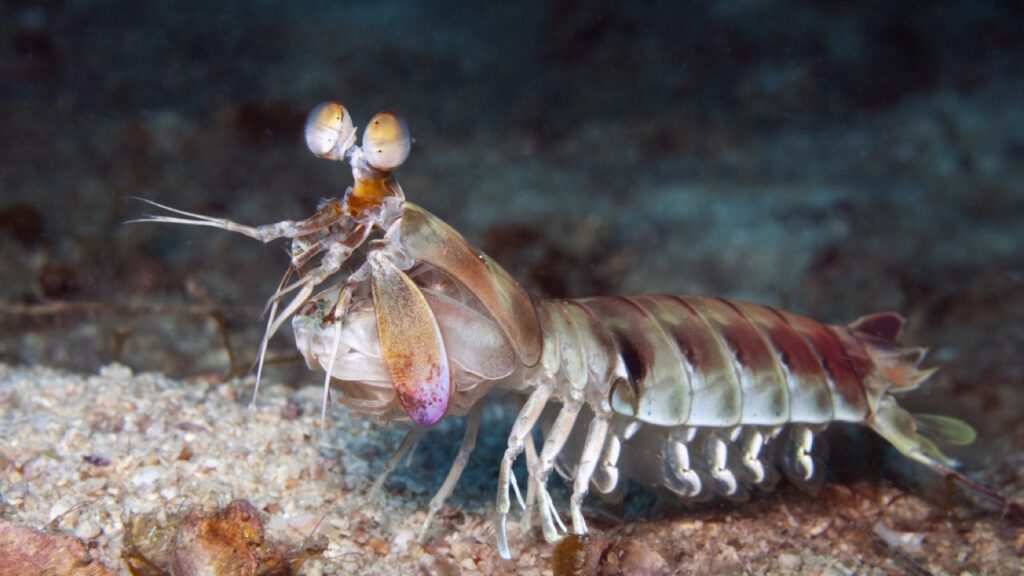
Mantis shrimp are colorful marine crustaceans with incredibly powerful claws. They can strike with the force of a .22 caliber bullet, creating cavitation bubbles that can stun or kill prey. Mantis shrimp have the most complex eyes in the animal kingdom, able to see polarized light and a wide range of colors.
Sloth
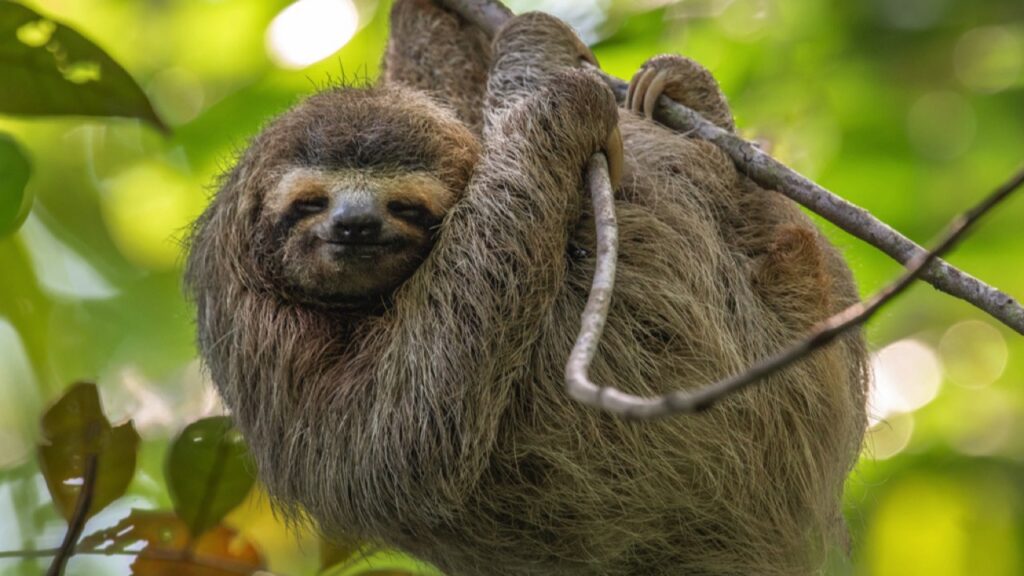
Sloths are known for their extremely slow movement and unique adaptations to a life spent mostly upside down. Their fur grows in the opposite direction of most mammals to allow water to run off while hanging. Sloths have a very slow metabolism and can take up to a month to digest a single leaf.
Hummingbird
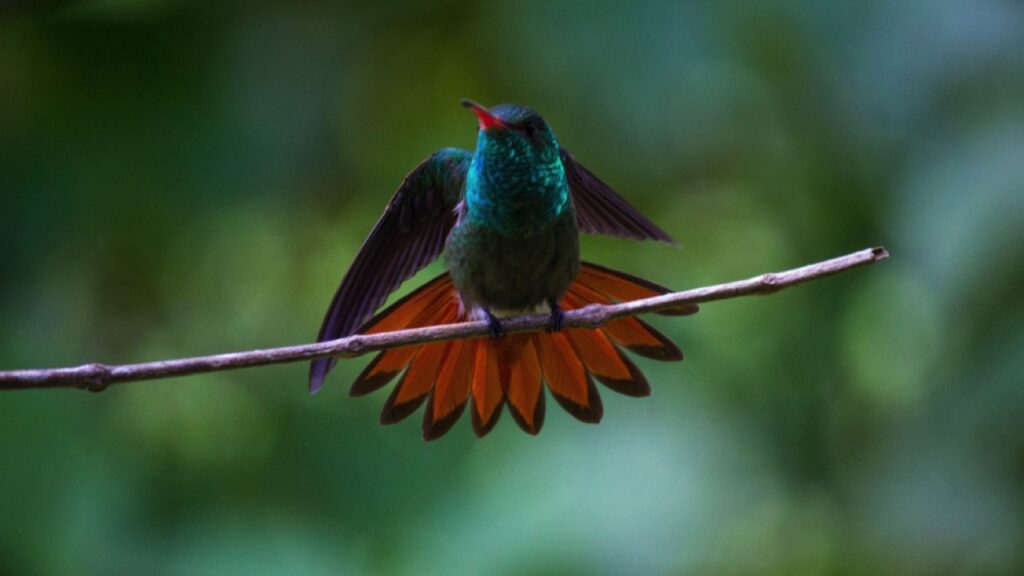
Hummingbirds are tiny marvels of nature, capable of hovering and flying backwards. Their hearts can beat up to 1,260 times per minute during flight. Hummingbirds have a unique ability to enter a state of torpor, lowering their body temperature and slowing their metabolism to conserve energy at night.
Turritopsis Dohrnii Jellyfish
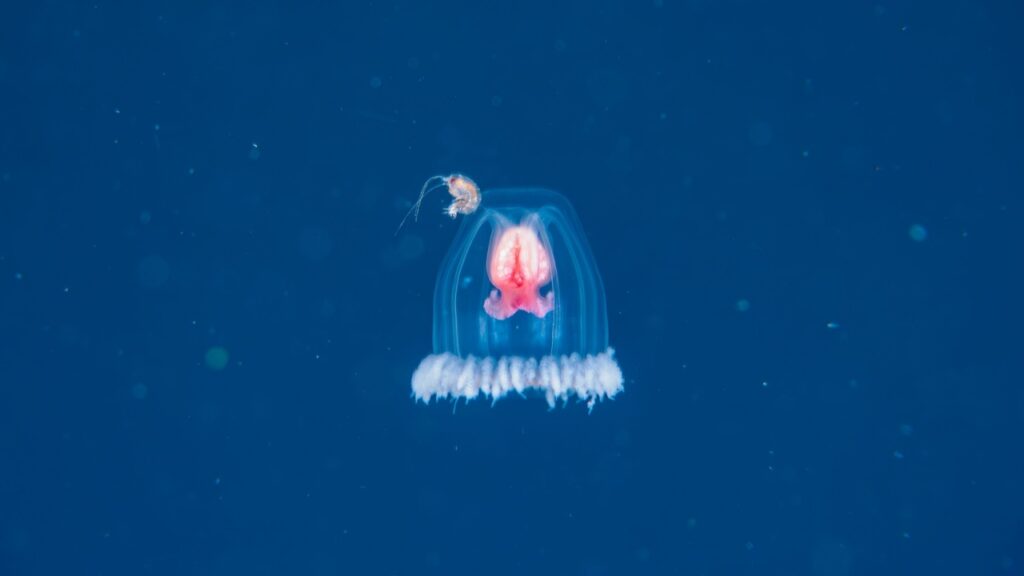
The Turritopsis dohrnii jellyfish is often called the “immortal jellyfish” due to its ability to revert to an earlier stage of development. When stressed or injured, it can transform back into a polyp stage and begin its life cycle again. This process can potentially repeat indefinitely, making the jellyfish biologically immortal.
Pangolin
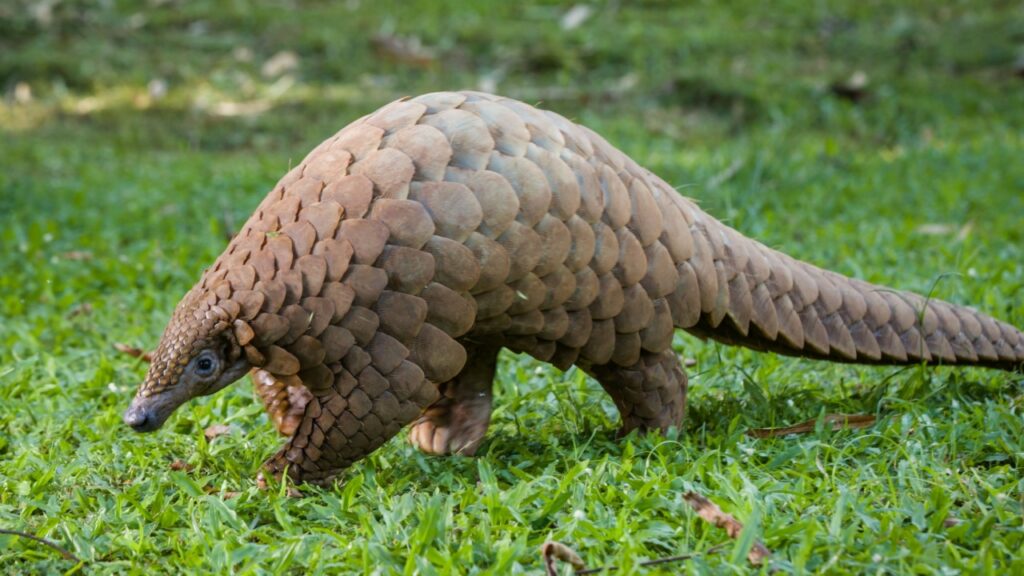
Pangolins are unique mammals covered in scales made of keratin, the same material as human fingernails. They can roll into a tight ball when threatened, using their scales as armor. Pangolins have extremely long tongues, which can be longer than their bodies and are attached near their pelvis.
Lyrebird
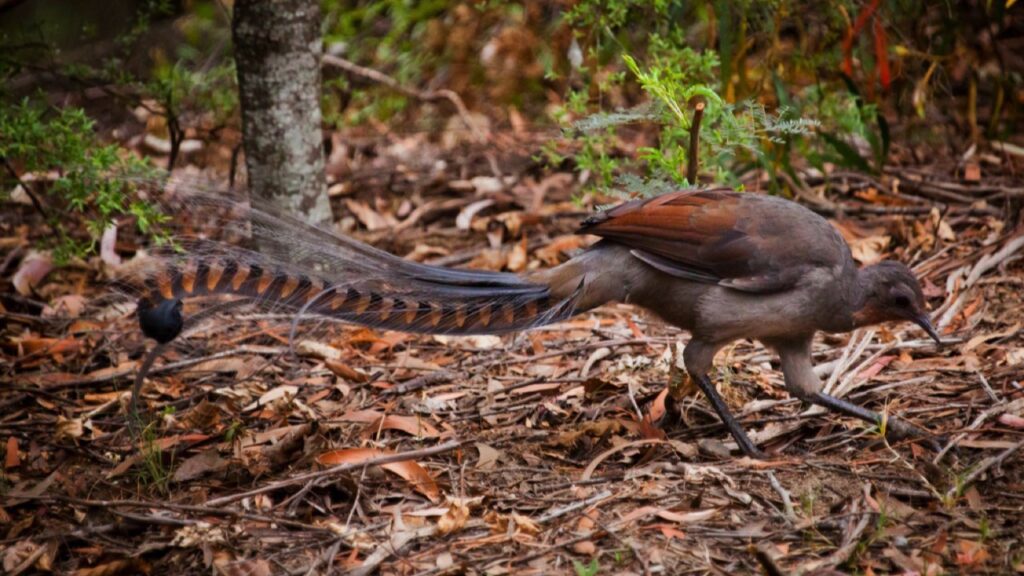
Lyrebirds are Australian birds known for their extraordinary ability to mimic sounds. They can imitate not only other bird calls but also human-made sounds like car alarms, chainsaws, and camera shutters. Male lyrebirds use these impressive vocal displays during courtship.
Pistol Shrimp
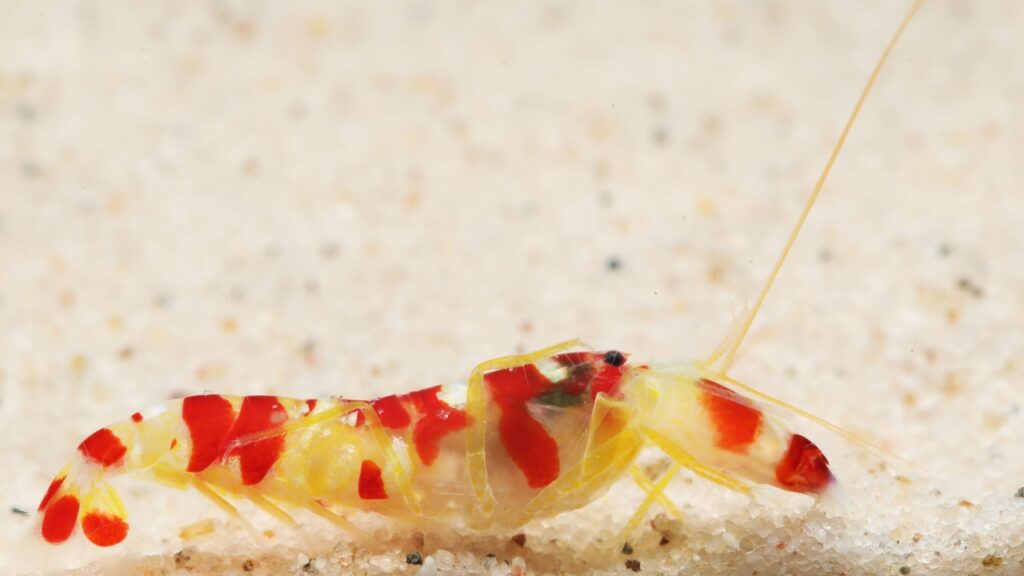
The pistol shrimp, also known as the snapping shrimp, has one oversized claw that it uses to create a powerful snap. This snap produces a bubble that collapses with such force it creates a flash of light and a sound louder than a gunshot. The pistol shrimp uses this ability to stun prey and communicate with other shrimp.
Honey Badger
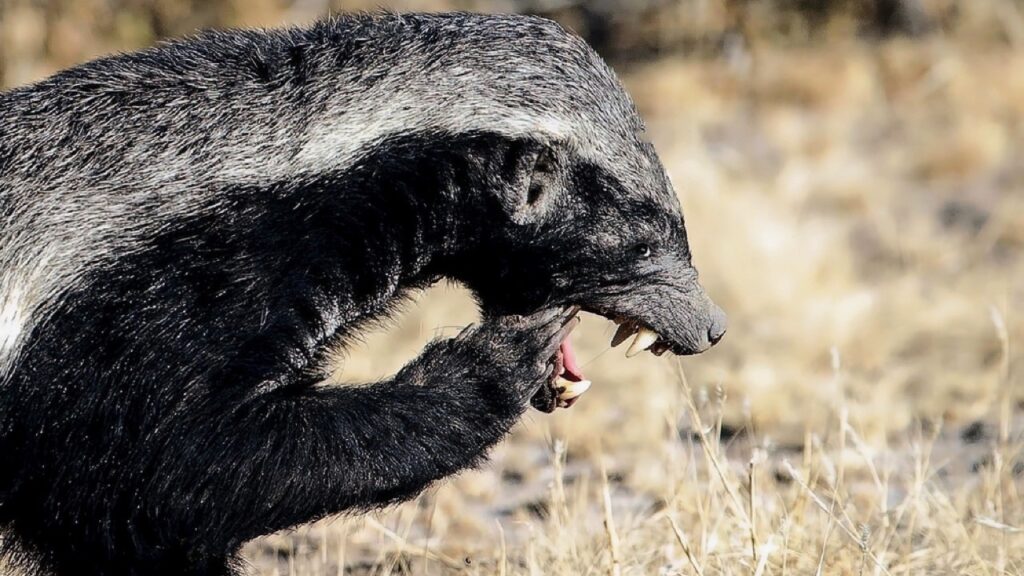
Honey badgers are known for their fearlessness and tenacity. They have thick, loose skin that’s difficult for predators to bite through, and they’re resistant to snake venom. Honey badgers are intelligent problem-solvers and have been observed using tools to escape enclosures.
Blobfish
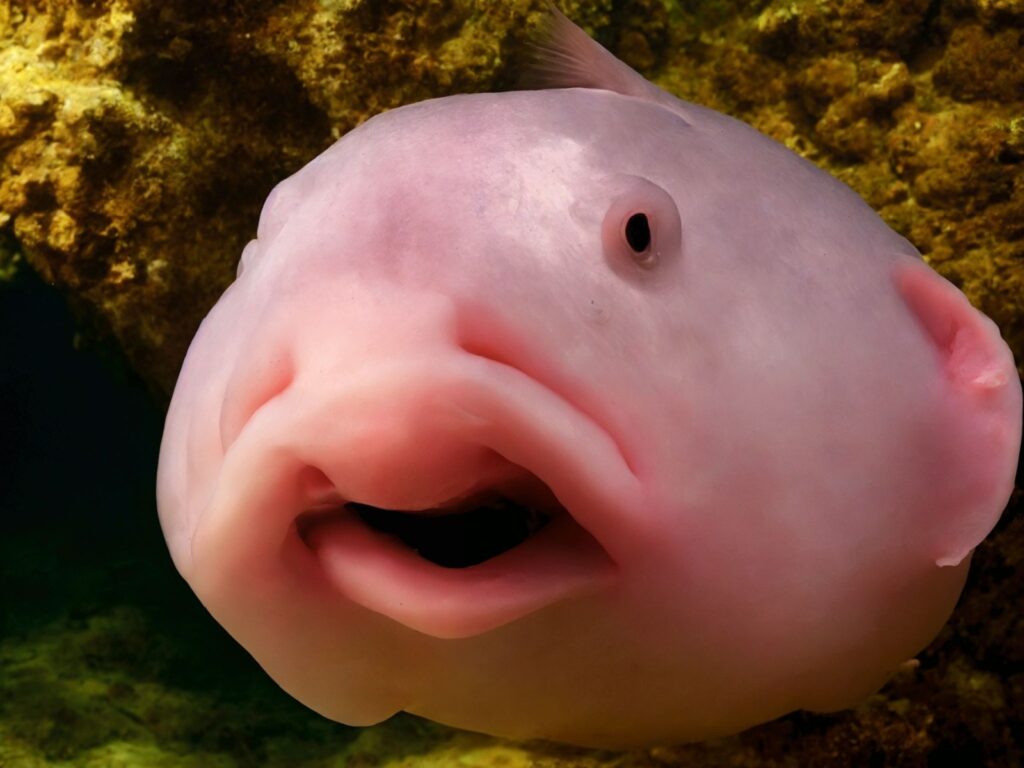
The blobfish is a deep-sea dweller that looks very different underwater than it does on land. In its natural habitat, it appears as a normal fish, but when brought to the surface, it becomes a gelatinous blob due to the pressure change. Blobfish live at depths of up to 1,200 meters and have adapted to the high-pressure environment by having a body mostly composed of a gelatinous substance with a density slightly less than water.
Giant Isopod
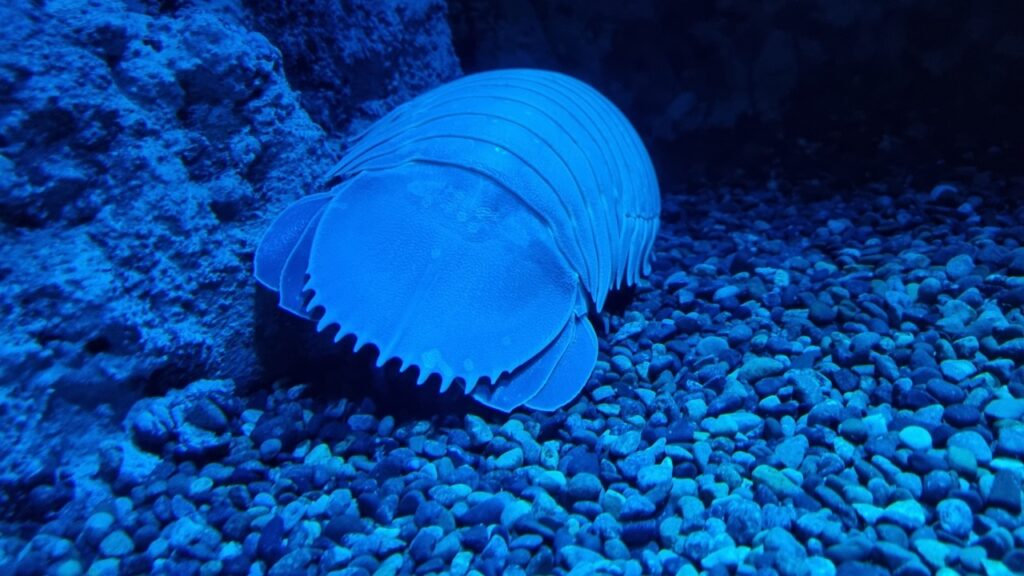
Giant isopods are deep-sea creatures that resemble enormous pillbugs, growing up to 76 cm (30 inches) long. They are scavengers, feeding on dead whales, fish, and squid that sink to the ocean floor. Giant isopods can go for years without eating and have been known to survive up to five years without food in captivity.
Olm
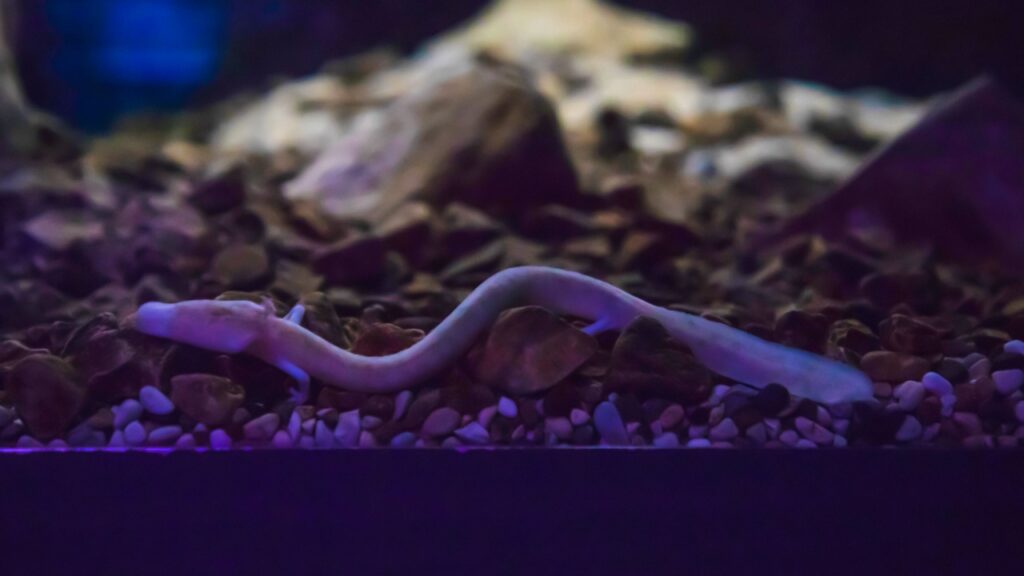
The olm is a blind, cave-dwelling salamander that can live up to 100 years. It has retained its larval features throughout adulthood, including external gills and underdeveloped eyes. Olms have an extraordinary ability to detect prey through keen senses of hearing, smell, and electroreception. They can go without food for up to 10 years by slowing their metabolism.
Greenland Shark
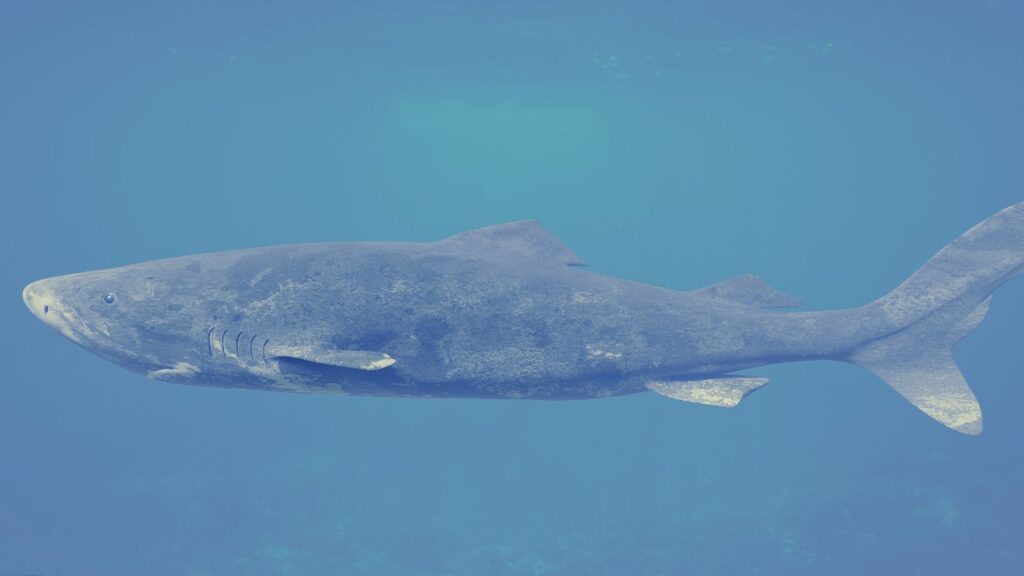
The Greenland shark is one of the longest-living vertebrates, with an estimated lifespan of up to 500 years. These sharks grow extremely slowly, reaching sexual maturity at around 150 years old. They have a unique adaptation to cold waters, with a special compound in their flesh that acts as a natural antifreeze, allowing them to survive in near-freezing temperatures.

